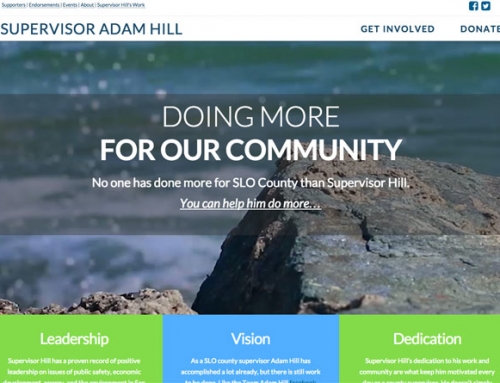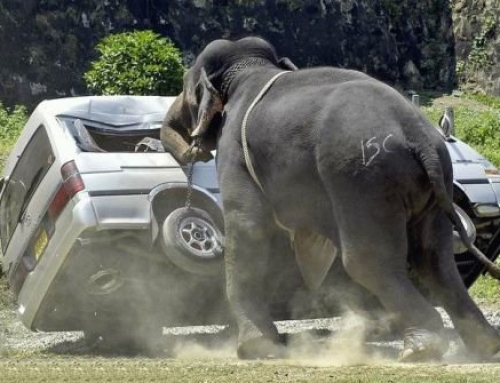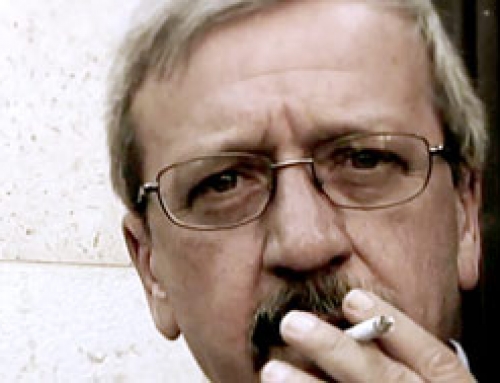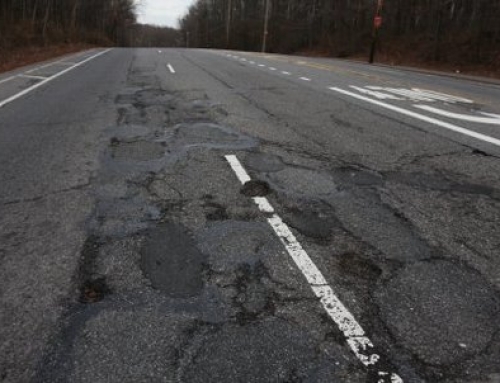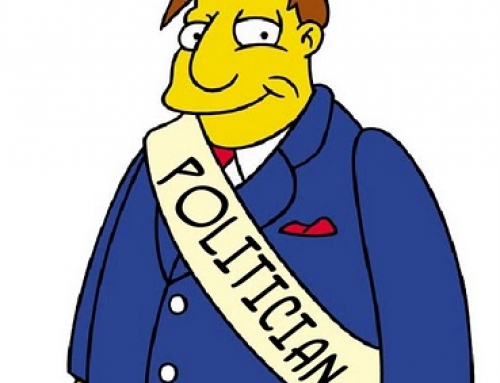Fundraising for politics has always been a sensitive topic for me, so the irony that it’s part of what I help achieve is not lost on me. I was lucky enough to spend an election cycle in the UK… it started and ended and I didn’t even see a commercial. It was amazing. There were a couple debates, but otherwise the difference in media saturation was so profound I felt like I missed the whole election.
Nevertheless, in US politics, local, state or national… you cannot run a campaign without money, so one of my goals has always been to do so in a way that doesn’t make people feel awkward or beholden, while also finding ways to effectively run campaigns by means of achieving what money has bought in the past (exposure)… without needing the money.
But first: the concept of what constitutes a donation or campaign contribution is changing, or at least is being added to. Look at it within the confines of the goal: winning votes. To win votes, you need to reach as many people as possible. Traditionally, reaching people is through paid media advertising, shaking hands, hitting the streets, and making phone calls.
Not anymore.
Donors and campaign contributors need to be taught the value of sharing, word of mouth, and forwarding your campaign messages within their own networks. Campaigns need to shift how they view a supporter to extend to their social connections, not just a yard sign and a check. What used to cost a stamp is now free and viral. A supporter forwarding an email to 30 friends IS a campaign contribution: it saves you the cost of the stamps. 😉 (Yes, small example, but nevertheless vital to understand by core supporters).
I often use concentric circle diagrams to explain this. When you start off as a brand new (idealistic) challenger, your circles all are centered around the same point: you. Your goal is to steadily push those to other center points apart (core supporters who share different circles of friends). The more you can push the centers apart, while also adding new ones, the greater your reach. Some overlap, others extend into new areas. This doesn’t cost money, it costs time and dedication to a strategy, and brining your supporters into the strategy so that they know how helpful they can really be. You have to be proactive. Shaking hands doesn’t have to be face to face. Word of mouth is everything. Ask for links and shares and likes and email forwards just as much as you ask for checks. Sooner or later the latter will be worth less than the time spent on social networking and building your network.
Now onto the where actual money is involved.
- Make your fundraising about your messages, achievements, ideals, goals, and positions, not just about you or your opponent. Some people will give money just because you are you, but that’s a finite number. You want to rally people to action by identifying with the issues they want to promote.
- Don’t stray from both large and small numbers. You’ll be surprised that you might get larger checks that you think possible. You’ll also be surprised that people are prone to contribute more than once throughout a campaign if the amount is smaller and you make it very easy for them to make a contribution.
- Remember that people forget. You have to remind them of what’s happening. Everyone has their own life going on 24/7, so they don’t always remember that you’re out there trying to get elected to make their lives a little bit better. Remind them with emails, newsletters, etc., but don’t bother them. All your correspondance should have new and fresh information, not just a headline to make a contribution to your campaign.
- Time your requests. To launch a campaign you need a fair amount of money on hand, but what happens after that? Do you have a plan based on the filing date and election(s)? If not… make one. Bottom line is you are marketing yourself, and every product requires a marketing plan. Time your contribution pushes so that they make sense both on the calendar (i.e. not too much during the holidays when we’re all shopping) AND the election cycle.
- Say thank you. 😉



